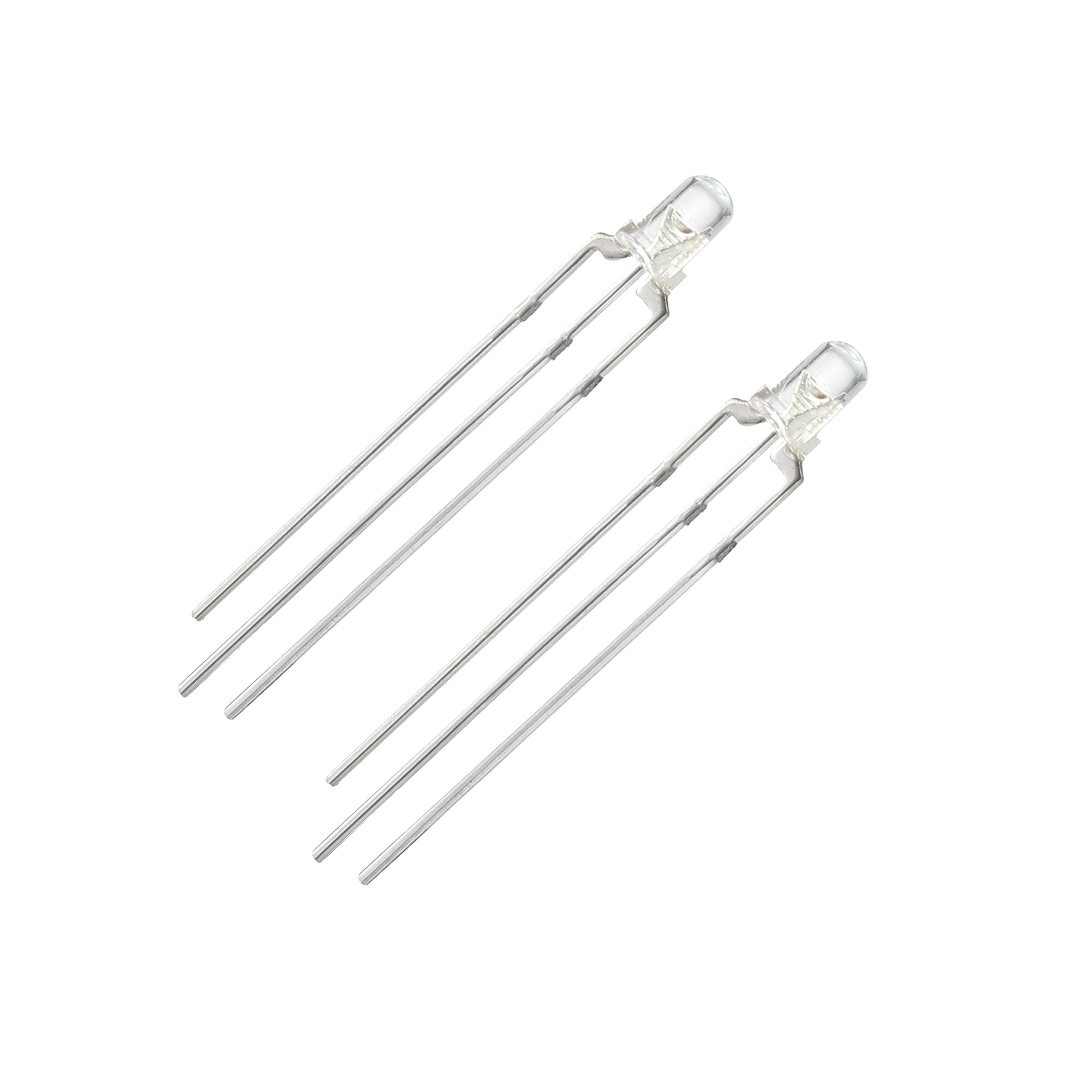

In a battery circuit, there is no safety ground: the minus terminal is arbitrarily designated as the common return, and the word "ground" is used for that common. For instance, should you place light switch on the hot side of the lamp, or on the neutral? If you wire the switch so that the light is turned off by interrupting the neutral return, that means that the light bulb socket is permanently connected to hot! This means that if someone turns off the switch before changing the bulb is not actually any safer the main panel has to be used to actually break the hot connection to the socket. In high voltage circuits, the choice between supply-side or ground-side load matters from a safety perspective. It's usually nicer in some sense (if there is a choice) to have the important device be connected to ground, and the surrounding paraphernalia, like a biasing resistors, to be on the supply side. In the "tri-state polarity indicator", the limit resistor is on the supply side, rather than ground side, too. However, on the same page, a "LED polarity indicator" device is introduced where two back-to-back LEDs share a resistor which is necessarily on the anode of one and the cathode of the other. The accompanying diagram has the resistor on the anode, neglecting to explain that the choice is arbitrary.
LED DIODE ANODE CATHODE HOW TO
Most do not.Ī formula is then given about how to calculate the resistance from the supply voltage and the LED's forward current.
LED DIODE ANODE CATHODE SERIES
Some LEDs include a built-in series resistor. LED DRIVE CIRCUIT - Because LEDs are current dependent, it's usually necessary to protect them from excessive current with a series resistor. In my 1988 edition of the book, series protection for LEDs is introduced on P. It does not claim that resistors must be on the anode and has examples where they are on the cathode. When you adjust the resistance, does it only slow down the charges before the resistor, or does it change the speed of all the charges in the entire circuit? I had to unlearn everything in college and don't recommend it. I read Getting Started in Electronics as a kid, and I think it teaches ideas like this poorly. If you slow down the chain at one point, it slows down at every other point, too, due to the links pushing and pulling against each other. Think about all the particles moving at all points in the circuit at once, like a belt or chain. They go through it, and their motion is what carries energy from one place to another. The charged particles are not "used up" by the LED. Does it matter which side of the LED it's on? Either way, it will break the circuit and prevent current from flowing.ĭon't think about individual particles traveling through the circuit. Imagine if the resistor were so large it completely prevented electrons from flowing.

The larger end inside the led is -ve and the shorter one is +ve, that is how we find out the polarity of a LED.No it would not make the resistor pointless. As they have to be crystal clear to glow so they don’t have any labeling on it, so the only way to know is either to test it with a multimeter or by carefully observing inside the led. Notice the picture carefully and compare it with the LED diode symbol, that should tell which one is –ve and +ve terminal. I hope the figure below can solve this problem of identification. Sometime the diode symbol creates confusion too.Identifing a LED's the cathode and anode of a led is very easy by looking inside. So for identification, led’s comes with a unique way to identify its terminals as Anode or Cathode. While referring to any schematic involving led's we sometimes get confused with the identification of the terminals. LED's or Light Emitting Diode's don’t come with any labeling on it to identify Cathode(-ve,GND) or Anode(+ve). How to Identify the polarity ( cathode/anode) of a LED


 0 kommentar(er)
0 kommentar(er)
